Map
Once you see her you’ll never unsee her… which sucks if you need to find your way around the Tsukuba Space Center.
After originally omitting Japan from the world map, a PyeongChang Olympic website fixes the mistake only to have it erased again weeks later.
Fans of Free! and its High Speed! feature film adaptation can now visit all the places their favorite swimming boys would have frequented.
If you’re a history buff, or time traveler, this could come in handy.
Depending on what part of the world you live in, one of these maps will look right at home while the other might seem kind of off. However, given the overall dominance of the Euro-centric map, the other one is more likely to give an uncomfortable feeling to a greater number of people.
While both are currently in use in different countries, is it possible that one map is more valid than another?
Think you can identify all the prefectures of Japan? Yeah, neither can we. But that’s okay because now with the help of this impressively accurate cookie cutter set, you can study and eat a map of Japan at the same time. Mmmm, knowledge.
North Korea is often referred to as “The Hermit Kingdom” in the west — and one map demonstrates why.
The website MarineTraffic displays live data of cargo ships over 299 gross tonnage, and while South Korean ports of Incheon, Busan, and Ulsan are bustling with activity, shipboard cargo movement in the North barely registers, despite the country having eight major seaports.
Even for those living in Tokyo, its plate-of-spaghetti-like tangle of train lines can be overwhelming to navigate. Worse for visitors, it’s hard not to get lost, but you also don’t want to walk around gawking at a map like some touristy chump. So, for basically anyone in Tokyo, we humbly present the Subway Map Necktie.
At 12:30 p.m. on Sunday, August 4, Northeastern Japan started to shake. On the Japanese shindo scale, the quake measured between 3 and 4 (overhead lights sway and objects rattle, but some people who are on the move may not notice it) in most areas, a ‘low-5’ at its strongest. Thankfully, there are thought to have been no casualties as the tremor was relatively short-lived, and with the quake of March 2011 and weeks of resulting aftershocks having been far stronger, the people of Tohoku are now fairly hardened when it comes to smaller rumbles.
Curiously though, no sooner had the earthquake passed than a few jokesters began sharing the above image from the Japan Meteorological Agency, along with messages of “LOL” and ‘Why do I suddenly feel like I want to go to Northeastern Japan?”

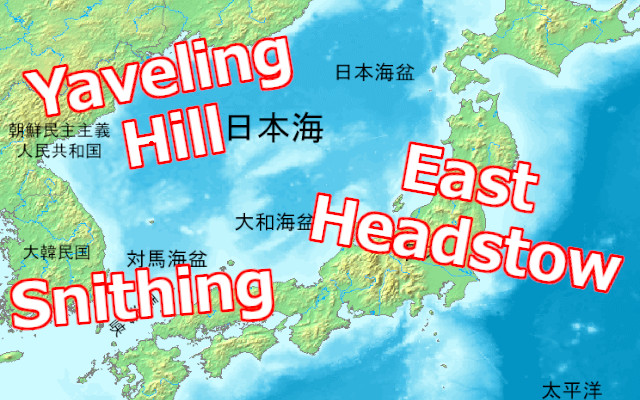
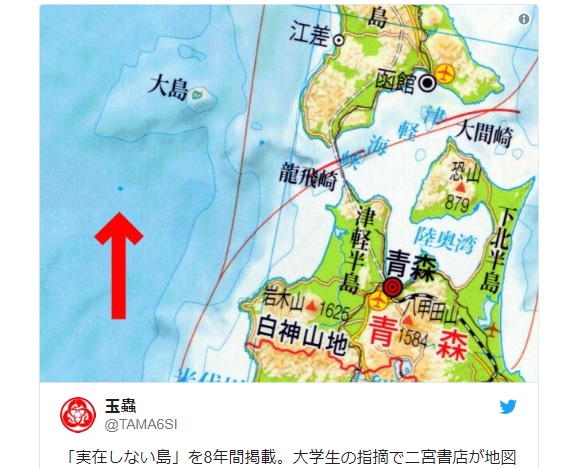


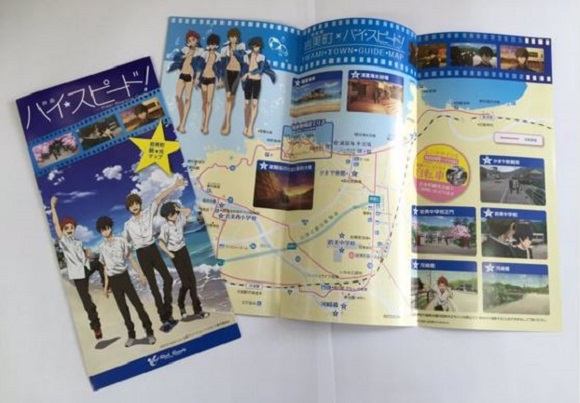

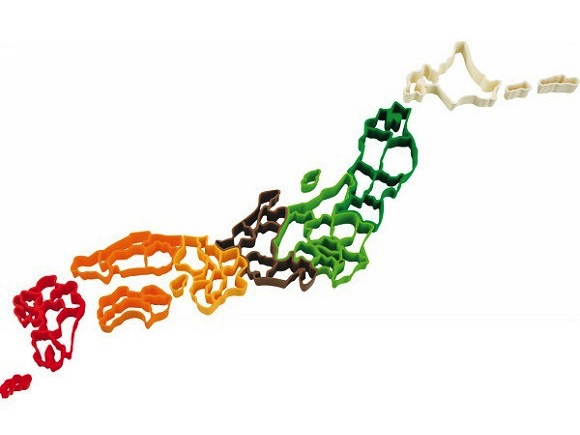
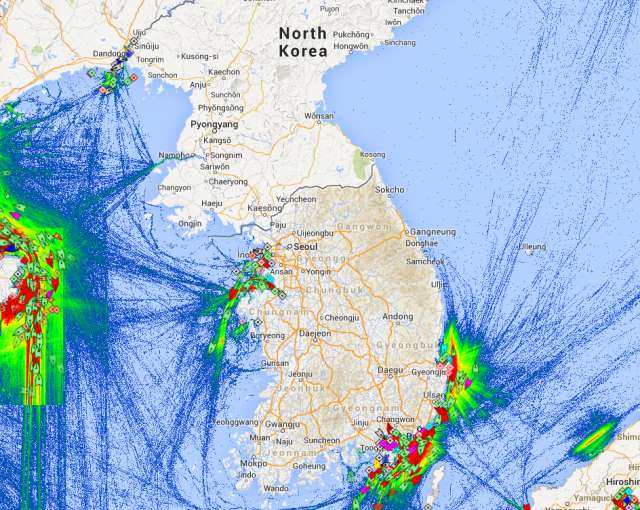

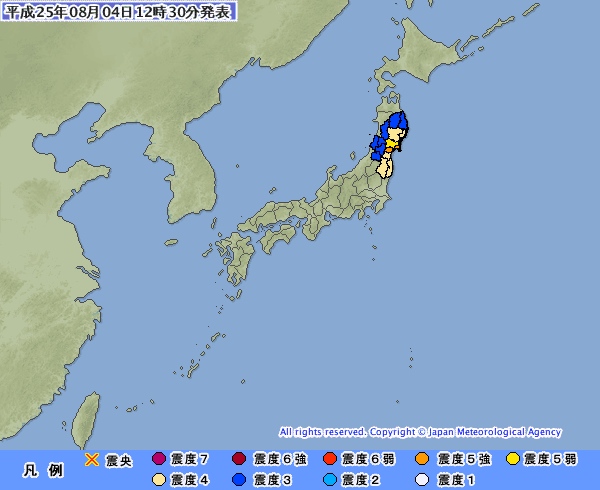
 Japanese beef bowl chain Sukiya’s 2026 Smile Box lucky bag basically pays for itself
Japanese beef bowl chain Sukiya’s 2026 Smile Box lucky bag basically pays for itself 7-Eleven Japan starts new temporary luggage storage service in over 300 branches
7-Eleven Japan starts new temporary luggage storage service in over 300 branches Coca-Cola’s new vending machines don’t need electricity during the day to keep drinks cold
Coca-Cola’s new vending machines don’t need electricity during the day to keep drinks cold What did Shibuya really look like after the crowds on New Year’s Day?
What did Shibuya really look like after the crowds on New Year’s Day? Rock princess Avril Lavigne takes us back to 2002 with performance on Japanese YouTube channel
Rock princess Avril Lavigne takes us back to 2002 with performance on Japanese YouTube channel Cup Noodle’s Nissin develops space ramen, space curry rice for astronauts to eat among the stars
Cup Noodle’s Nissin develops space ramen, space curry rice for astronauts to eat among the stars Sukiya beef bowl chain makes Japanese New Year fun with limited-edition fukubukuro
Sukiya beef bowl chain makes Japanese New Year fun with limited-edition fukubukuro KFC Japan unveils the Sweet Potato Pie for Halloween
KFC Japan unveils the Sweet Potato Pie for Halloween That time Seiji called JASRAC to ask why he didn’t get paid royalties for his song being on TV
That time Seiji called JASRAC to ask why he didn’t get paid royalties for his song being on TV Create your own Sailor Moon heroines with the awesome Sailor Senshi Maker
Create your own Sailor Moon heroines with the awesome Sailor Senshi Maker Starbucks Japan ready to get Year of the Horse started with adorable drinkware and plushies【Pics】
Starbucks Japan ready to get Year of the Horse started with adorable drinkware and plushies【Pics】 Hayao Miyazaki says Happy New Year to Studio Ghibli fans with new art for Year of the Horse
Hayao Miyazaki says Happy New Year to Studio Ghibli fans with new art for Year of the Horse 7 great places to see Mt. Fuji from without having to climb it
7 great places to see Mt. Fuji from without having to climb it We found possibly the quietest Japanese-style hotel in Tokyo’s bustling Shinjuku district
We found possibly the quietest Japanese-style hotel in Tokyo’s bustling Shinjuku district Cup Noodle tries an authentic Jiro-style ramen, but something’s not quite right
Cup Noodle tries an authentic Jiro-style ramen, but something’s not quite right Hello Kitty Choco Egg figures are an adorable trip through three periods of Japanese pop culture【Pics】
Hello Kitty Choco Egg figures are an adorable trip through three periods of Japanese pop culture【Pics】 Japan’s oldest largetooth sawfish in captivity back on display in Mie Prefecture
Japan’s oldest largetooth sawfish in captivity back on display in Mie Prefecture Cyberpunk anime meets traditional culture in Ghost in the Shell gold leaf Japanese changing screens
Cyberpunk anime meets traditional culture in Ghost in the Shell gold leaf Japanese changing screens The best Starbucks Japan Frappuccinos we want to drink again in 2026
The best Starbucks Japan Frappuccinos we want to drink again in 2026 We revisited Sweets Paradise after a decade to see if Japan’s dessert buffet still delivers
We revisited Sweets Paradise after a decade to see if Japan’s dessert buffet still delivers Disillusionment at Tsukiji’s tourist-target prices led us to a great ramen restaurant in Tokyo
Disillusionment at Tsukiji’s tourist-target prices led us to a great ramen restaurant in Tokyo Starbucks teams up with 166-year-old Kyoto doll maker for Year of the Horse decorations【Photos】
Starbucks teams up with 166-year-old Kyoto doll maker for Year of the Horse decorations【Photos】 Tokyo considering law requiring more trash cans following litter increase in heavily touristed area
Tokyo considering law requiring more trash cans following litter increase in heavily touristed area Tokyo’s Tsukiji sushi neighborhood asks tour groups to stay away for the rest of the month
Tokyo’s Tsukiji sushi neighborhood asks tour groups to stay away for the rest of the month Tokyo event lets you travel back in time, for free, to celebrate 100 years since Showa era start
Tokyo event lets you travel back in time, for free, to celebrate 100 years since Showa era start Sanrio theme park in Japan announces plans to expand into a Sanrio resort
Sanrio theme park in Japan announces plans to expand into a Sanrio resort Japan may add Japanese language proficiency, lifestyle classes to permanent foreign resident requirements
Japan may add Japanese language proficiency, lifestyle classes to permanent foreign resident requirements Stamina-destroying “Paralysis Noodles” are Tokyo’s newest over-the-top ramen innovation
Stamina-destroying “Paralysis Noodles” are Tokyo’s newest over-the-top ramen innovation Survey asks foreign tourists what bothered them in Japan, more than half gave same answer
Survey asks foreign tourists what bothered them in Japan, more than half gave same answer Japan’s human washing machines will go on sale to general public, demos to be held in Tokyo
Japan’s human washing machines will go on sale to general public, demos to be held in Tokyo Japan’s deadliest food claims more victims, but why do people keep eating it for New Year’s?
Japan’s deadliest food claims more victims, but why do people keep eating it for New Year’s? We deeply regret going into this tunnel on our walk in the mountains of Japan
We deeply regret going into this tunnel on our walk in the mountains of Japan Studio Ghibli releases Kodama forest spirits from Princess Mononoke to light up your home
Studio Ghibli releases Kodama forest spirits from Princess Mononoke to light up your home Major Japanese hotel chain says reservations via overseas booking sites may not be valid
Major Japanese hotel chain says reservations via overseas booking sites may not be valid Put sesame oil in your coffee? Japanese maker says it’s the best way to start your day【Taste test】
Put sesame oil in your coffee? Japanese maker says it’s the best way to start your day【Taste test】 No more using real katana for tourism activities, Japan’s National Police Agency says
No more using real katana for tourism activities, Japan’s National Police Agency says Starbucks Japan reveals new sakura drinkware collection, inspired by evening cherry blossoms
Starbucks Japan reveals new sakura drinkware collection, inspired by evening cherry blossoms Updated cherry blossom forecast shows extra-long sakura season for Japan this year
Updated cherry blossom forecast shows extra-long sakura season for Japan this year Cup Noodle’s Nissin develops space ramen, space curry rice for astronauts to eat among the stars
Cup Noodle’s Nissin develops space ramen, space curry rice for astronauts to eat among the stars Sukiya beef bowl chain makes Japanese New Year fun with limited-edition fukubukuro
Sukiya beef bowl chain makes Japanese New Year fun with limited-edition fukubukuro KFC Japan unveils the Sweet Potato Pie for Halloween
KFC Japan unveils the Sweet Potato Pie for Halloween That time Seiji called JASRAC to ask why he didn’t get paid royalties for his song being on TV
That time Seiji called JASRAC to ask why he didn’t get paid royalties for his song being on TV Create your own Sailor Moon heroines with the awesome Sailor Senshi Maker
Create your own Sailor Moon heroines with the awesome Sailor Senshi Maker Did the Akira manga predict the coronavirus epidemic?
Did the Akira manga predict the coronavirus epidemic? We get to be (probably) the first ever to try Nissin Cup Noodle’s latest creation: Gyoza ramen!
We get to be (probably) the first ever to try Nissin Cup Noodle’s latest creation: Gyoza ramen! The top 10 manga/anime heroines from Shonen Sunday chosen by fans in general election【Survey】
The top 10 manga/anime heroines from Shonen Sunday chosen by fans in general election【Survey】 Dragon Quest Burgers and Slime drinks are coming to McDonald’s Japan【Video】
Dragon Quest Burgers and Slime drinks are coming to McDonald’s Japan【Video】 Cosplay like a cool cat with an ultra-realistic, giant cat head from Japan!
Cosplay like a cool cat with an ultra-realistic, giant cat head from Japan! Cup Noodle tries an authentic Jiro-style ramen, but something’s not quite right
Cup Noodle tries an authentic Jiro-style ramen, but something’s not quite right